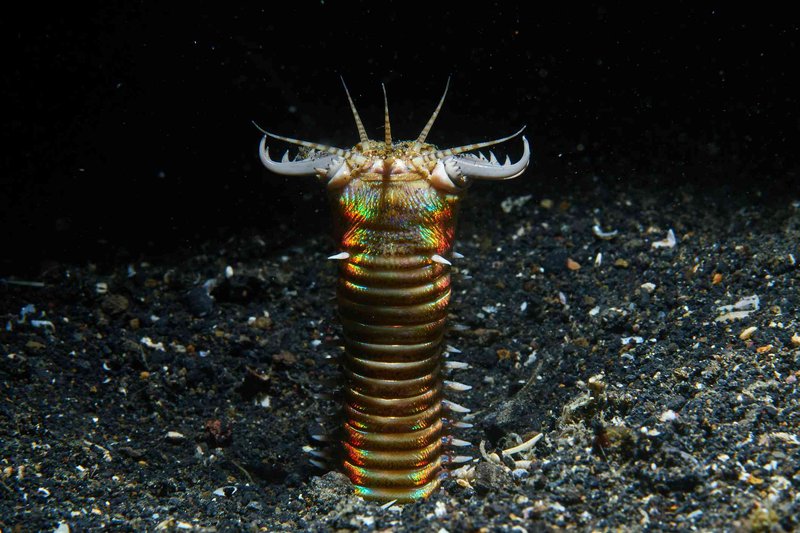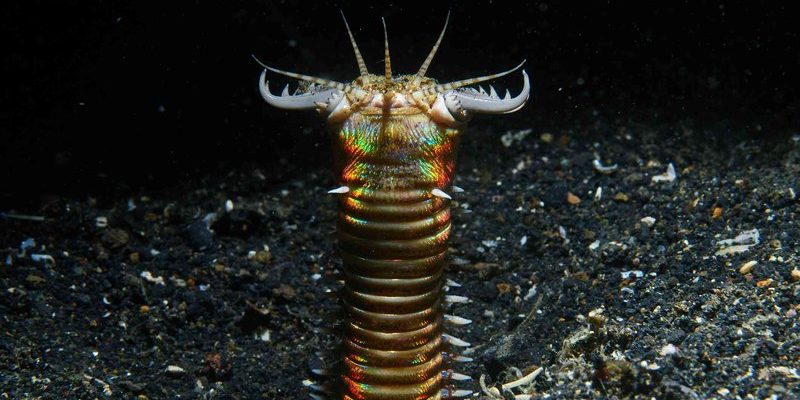
Quarantining live rock isn’t just a technical term or an extra step in your setup; it’s a smart move to ensure you’re creating a thriving space for your fish and corals. You might be wondering how exactly to go about this. Don’t worry—I’m here to break it down for you. Think of it as giving your new rock a little vacation before you introduce it to the lively neighborhood (your aquarium).
What Are Bobbit Worms and Why Should You Care?
First off, let’s get familiar with Bobbit worms. These guys can be pretty nasty. They’re long, burrowing critters that can reach lengths of over three feet! Yes, three feet! If they make their way into your tank, they can wreak havoc by eating your fish and damaging corals. Most importantly, they can multiply quickly, creating a real headache for any aquarist.
But not all is lost. If you take the right precautions—like quarantining your live rock—you can keep your aquarium safe and sound. Quarantining isn’t just about isolation; it’s about prevention. Imagine keeping a sick friend away from a gathering to ensure everyone remains healthy. That’s the essence of quarantining your live rock.
What You’ll Need for Quarantine
Before diving into the quarantining process, you’ll need a few essential supplies to set up your quarantine station. Think of this as your “waiting room” for your live rock. Here’s what you should gather:
- Water Testing Kit: To monitor the quality of the water.
- Salt Mix: Ensure you have a good-quality sea salt mix for your quarantine tank.
- Quarantine Tank: This could be a separate aquarium or a large tub. Just make sure it’s clean.
- A Heater: To maintain the ideal temperature for your live rock.
- Water Pump: To keep the water circulating for oxygenation.
Now that you have your supplies ready, you’re set for the next steps. It’s all about creating a stable, stress-free environment for your new live rock.
Setting Up Your Quarantine Tank
Creating the right environment in your quarantine tank is super important. You want your live rock to be comfortable but also isolated from your main aquarium. So, let’s dig into how to do that.
1. **Fill the Tank with Saltwater:** Mix your salt with dechlorinated water to create a suitable habitat for the live rock. Aim for a salinity level that matches your main aquarium—typically around 1.020 to 1.025 specific gravity.
2. **Add a Heater and Pump:** Set your heater to maintain a temperature around 75-80°F (24-27°C) and install the water pump to keep things moving. A gentle flow mimics the ocean currents and helps maintain water quality.
3. **Test the Water:** Before introducing your live rock, use your water testing kit to ensure parameters like pH, ammonia, nitrites, and nitrates are all in check. This ensures a safe environment for your new addition.
Having a properly set-up quarantine tank means you’re already one step closer to keeping Bobbit worms at bay.
How Long Should You Quarantine Live Rock?
You might be wondering, “How long do I actually need to quarantine this live rock?” Generally, a **minimum of 2-4 weeks** is recommended. But this depends on what you discover during this period.
– **First Week:** Observe the rock closely. Look for any signs of unwanted pests, including the sneaky Bobbit worm. Check every nook and cranny, particularly within crevices. If you spot any, you might need to take action, such as larger water changes or even consider returning the rock.
– **By Week Two:** Continue to monitor water parameters and keep an eye on your live rock. If everything looks good, you might be in the clear!
– **Final Check:** After a month, if you’ve seen no signs of pests, then you’re ready to add the live rock to your main aquarium.
Don’t get impatient! Keeping it quarantined is a crucial step to ensure everything is healthy.
How to Identify Bobbit Worms
Identifying Bobbit worms can sometimes feel like finding a needle in a haystack. They’re masters of camouflage, often hiding well. Here’s what to watch for:
– **Movement:** If you see a long, thin, segmented body emerging from the rock, that’s your first clue. Bobbit worms can retract quickly, so you might only catch a glimpse.
– **Habitat:** They usually thrive in live rock, especially if it has lots of hiding spaces. If your rock has crevices and holes, be thorough in your examination.
– **Feeding:** If you notice tiny bits of fish disappearing or corals getting damaged nearly overnight, it may be time to check for these pests.
If you think you’ve found one, don’t panic! There are ways to deal with them, but let’s focus on prevention first.
Dealing with Bobbit Worms if They Appear
If you do find a Bobbit worm during the quarantine, you need a plan. Here’s what you can do:
1. **Physical Removal:** Using tweezers, grasp the worm and gently pull it out. Be careful; they can break easily, and any pieces left behind may regrow.
2. **Pest Control Treatments:** Some products in the aquarium industry claim to eliminate pests without harming your live rock. Always follow the instructions and ensure it’s safe for the type of rock you have.
3. **Consult an Expert:** If you’re unsure or the infestation seems severe, it might be time to consult an aquarist or marine biologist who can offer specific solutions tailored to your situation.
Sometimes, despite your best efforts, these critters can be persistent. But don’t let that discourage you!
Final Thoughts: The Importance of Quarantine
In the world of marine aquariums, keeping things in check is crucial for a healthy environment, and that’s why quarantining live rock is so necessary. This process isn’t just a checklist; it’s about safeguarding your aquatic friends and the habitat you’ve created for them.
Taking the time to properly quarantine your live rock can make all the difference. You’ll enjoy a beautiful tank without the fear of unwanted intruders. So, brew yourself a cup of coffee, take a breath, and remember that patience truly pays off in this rewarding hobby. Happy fishkeeping!

